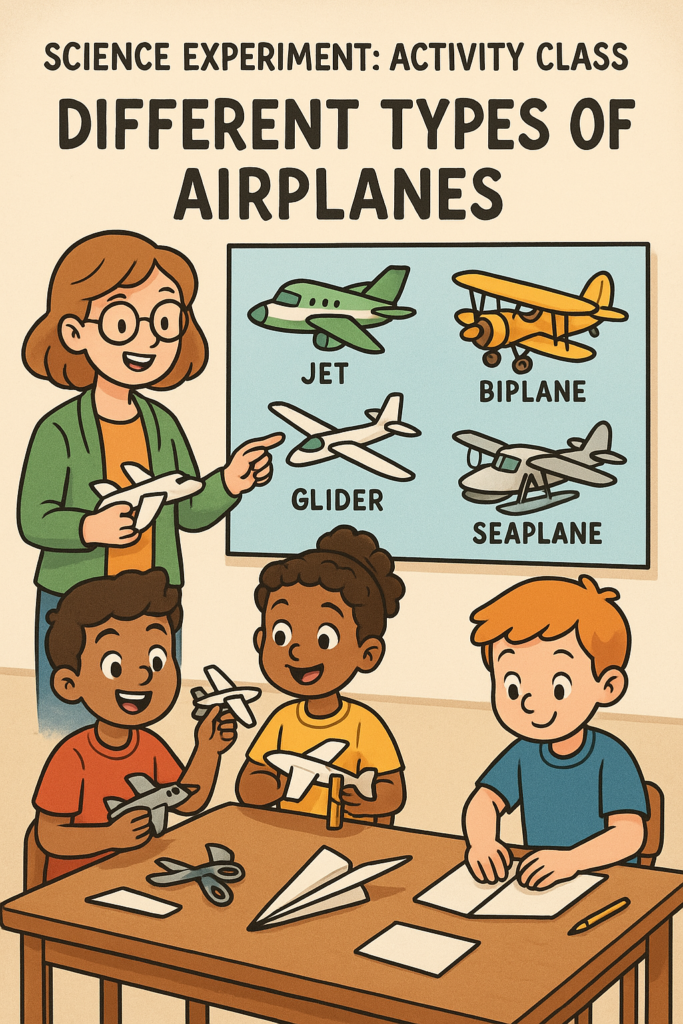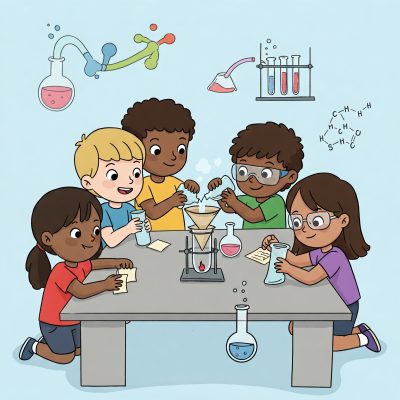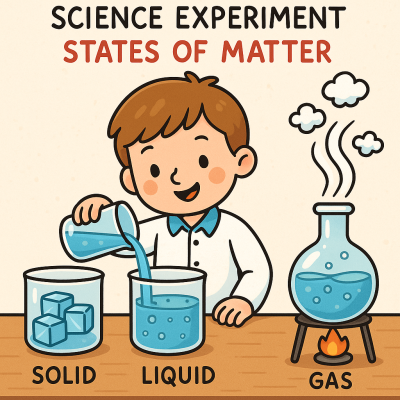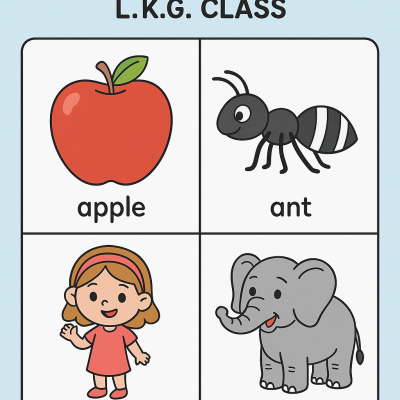
Introduction
As part of an engaging learning activity, Vaishnavi, a student of Class 4 in Glasgow, delivered an informative presentation on “Different Types of Aeroplanes.” The session aimed to educate classmates about the various categories of aeroplanes and their real-world applications. Vaishnavi’s well-researched and confident presentation highlighted the importance of aviation in different fields, including transportation, defense, and emergency services.
Presentation Highlights
Students began their presentation with a warm greeting and introduced the topic by explaining how aeroplanes serve different purposes, such as:
Carrying passengers & cargo
Military operations
Emergency & environmental services
Then categorized aeroplanes into five key types, providing examples and functions for each:
1. Special Purpose Planes
Examples: Boeing AC-135, Augusta Westland
Uses:
Spraying chemicals on crops (agriculture)
Assisting in natural disasters (rescue & relief)
Emergency medical services
2. Military Planes
Examples: MiG-29, Tejas
Uses:
High-speed defense operations
Transporting soldiers & military equipment
Combat missions
3. General Aviation Planes
Examples: Diamond DA-40, Glider
Uses:
Pilot training
Short-distance travel
Recreational flying
4. Commercial Passenger/Cargo Planes
Examples: Boeing 747, Boeing 787
Uses:
Carrying passengers (domestic & international flights)
Transporting cargo (goods & supplies)
5. Seaplanes
Examples: Grumman Mallard, Icon A5
Uses:
Landing on water (lakes, rivers, oceans)
Used in coastal areas & tourism
Learning Outcomes
Students gained knowledge about different aeroplane categories and their uses.
Improved public speaking & research skills.
Developed curiosity about aviation technology and careers.
Enhanced listening and questioning skills among peers.
Conclusion
Students’s presentation was well-structured, informative, and engaging, making it a successful learning experience for the class. Such activities encourage students to explore real-world topics while improving their communication abilities. The session concluded with a round of applause, and the teacher appreciated their efforts.
Table of Contents
Toggle



